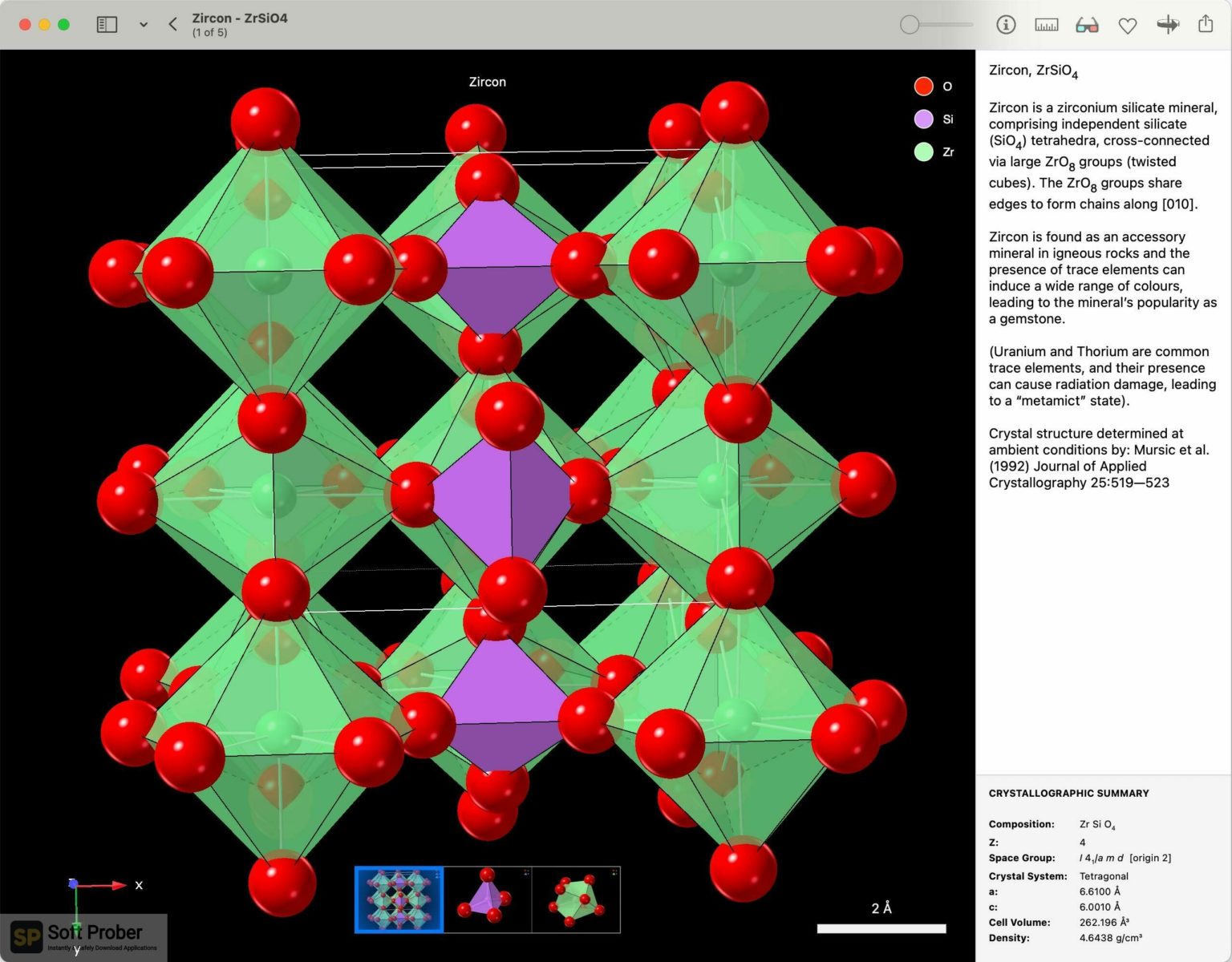

The encoded chiral information, contained on the enantiopure building blocks, is transferred to the final supramolecular structure, assembled in the very unusual topology 8T6. Owing to the supramolecular geometric matching between the aromatic tails, a nanoporous crystalline phase with hydrophobic and hydrophilic chiral pores of 1.2 and 0.8 nanometers, respectively, was successfully synthesized. π stacking interactions involving the aromatic groups of the ancillary 2,2’-bipyridine (bipy) ligands drive the self-assemblies of hexameric pseudo-amphiphilic 2+ units.Here, we report on the self-assembly of cytidine 5’-monophosphate (CMP) nucleotide and copper metal ions for the preparation of a rare nanoporous supramolecular metal-organic framework in water. π stacking interactions have been widely explored in modern supramolecular chemistry as an attractive reversible noncovalent tool for the nondestructive fabrication of materials for different applications.Self-assembly is the most powerful force for creating ordered supramolecular architectures from simple components under mild conditions.

Most importantly, it can convert any sample orientation relationships across microscopes to increase optimization and collaboration throughout the field. Having a road map of the stage positions linked to microstructural (e.g., interfaces and growing directions) and crystallographic orientation data (e.g., specific poles and planes) provides microscopists with the ability to solve orientation relationships, create oblique tilt series movies, and also solve complex crystallographic unknowns at extremely small scales with minimal information. Therefore, this research proposes a methodology of nanocartography that combines predictive stage motion with crystallographic information to provide microscopists with a sample map that can both reduce analysis time and improve confidence in data collected. With the increasing diversity in material systems, ever-expanding number of analysis techniques, and the large capital costs of next generation instruments the ability to quickly and efficiently collect data in the electron microscope has become paramount to successful data analysis.


 0 kommentar(er)
0 kommentar(er)
